
Germany’s spy chief has delivered a blunt warning: Russia could launch a direct military conflict with NATO much earlier than 2029, undermining the belief that Europe has years to get ready. Martin Jaeger addressed lawmakers in Berlin that the Kremlin was even now waging its version of hybrid warfare throughout the continent, deploying drones, sabotage, and disinformation to test defenses and unsettle democracies. “Russia will under no circumstances refrain from direct military conflict with NATO if necessary,” Jaeger added in emphasizing that Europe’s largest country and strongest Ukrainian supporter, Germany, was Moscow’s number one target.

1. Hybrid Warfare in Practice
These incidents referred to by German and EU spy services imply a coordinated effort. Russian drones have intruded into Polish skies, fighters have pierced Estonian skies, and strange disruptions have halted operations at Munich airport. Sinan Selen, who runs Germany’s domestic spy service, described these incidents in the context of a “broad array of espionage, disinformation, interfering, sabotage, and cyber attacks” fine-tuned to assault liberal democracies. Polish National Security Bureau Head Sławomir Cenckiewicz has mentioned that Russia prefers to pay local operatives in cryptocurrencies to go unnoticed, which was similarly deployed in attempted sabotage operations all over Europe.
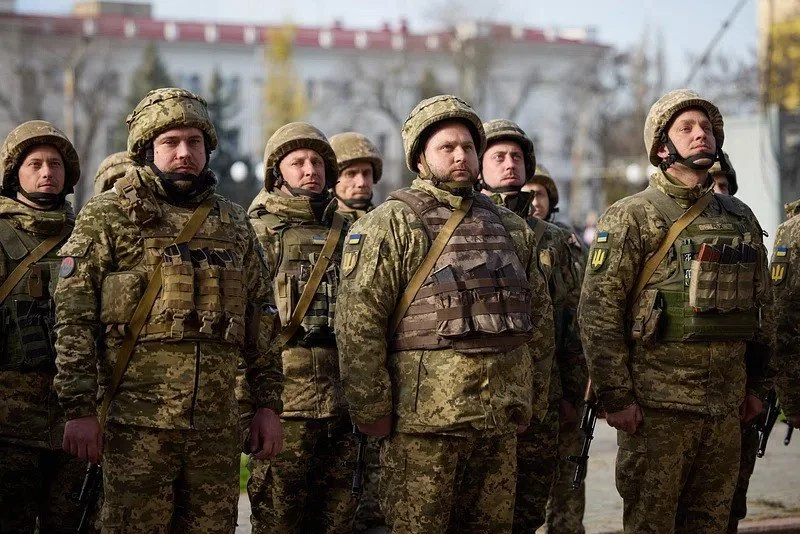
2. The ‘Phase Zero’ Threat
Washington-based Institute for the Study of War concludes that Moscow has entered into “Phase Zero” the planning phase of a possible NATO-Russia conflict, characterized by psychological preparation, probe defenses, and erosion of coalitions. Analysts caution that any Ukrainian ceasefire could unleash Russian troops for quick redeployment to NATO’s Eastern front, allowing aggression to arrive much faster than many officials anticipate.

3. NATO’s Eastern Flank in High Alert
Baltic Sea region airspace incursions have grown. On one occasion, three Russian MiG-31s flew into Estonian airspace 125 miles off Vaindloo island, with NATO holding Article 4 consultations. Estonian Foreign Minister Margus Tsahkna described the intrusion as “unprecedentedly brazen.” These flights, in conjunction with Russian “shadow fleet” sanction-evading oil tanker sea traffic, point to flaws in the northeastern defense of NATO.
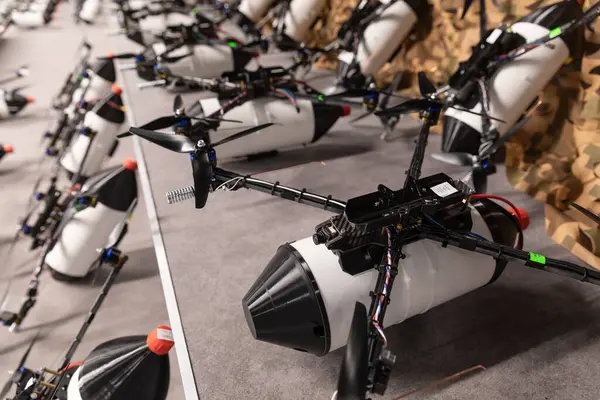
4. The ‘Drone Wall’ Concept
To counter, European states have proposed a “drone wall” program – a line of radars, acoustic sensors, and counter-drone systems on the Eastern Flank. Dutch Defence Minister Ruben Brekelmans endorses the proposal but insists NATO lay out its architecture to make it worthwhile. Quoting Ukraine’s drone line program, which was financially supported by the Netherlands and deployed battlefield drone units at a very fast rate to stem Russian encroachments, Brekelmans counsels that the EU proposal at its existing level will cost “three years and lots and lots of money” and yet may still fail to provide immediate cover.

5. Technical Countermeasures
European drone defense in the modern context relies extensively on layered detection and electronic warfare. Capabilities integrate passive acoustic arrays to detect flying-low drones, active radar to track, and directed-energy or radio-frequency jammers to counter. NATO’s “Eastern Sentry” program deploys SAMP/T air defense batteries and enhanced inter-allied coordination to respond in a few seconds to intrusions. Rules of engagement have been made less complex to permit rapid identification and elimination of hostile drones.
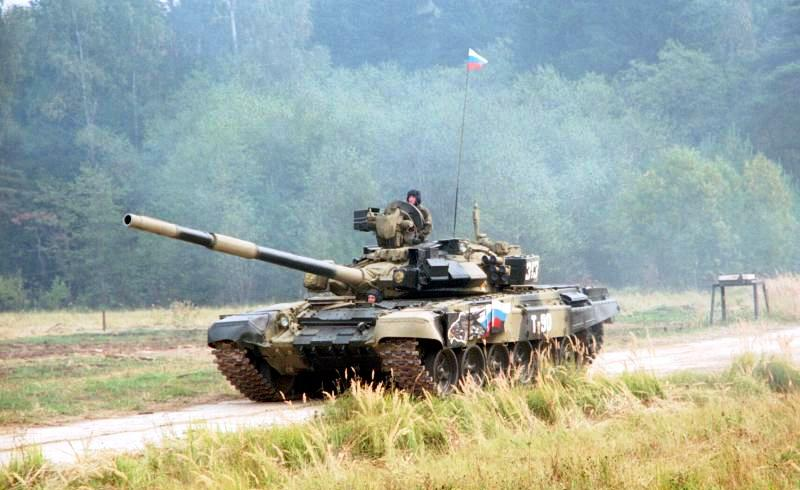
6. Russian Drone and Armour Capabilities
Drone activities around NATO installations are offset with industrial-scale rearmament. Internal Uralvagonzavod documents outline targets to raise T-90 tank manufacturing by 80 percent by 2028, in addition to renovation of T-72s. Most of these tanks are kept off the Ukrainian front line, yet could potentially become directed at NATO in a future war. Russian drone units, like the Rubikon Center for Advanced Unmanned Technologies, have shown precision attacks on logistics and infrastructure, frequently utilizing fiber-optic guidance to mitigate the possibility of jamming.
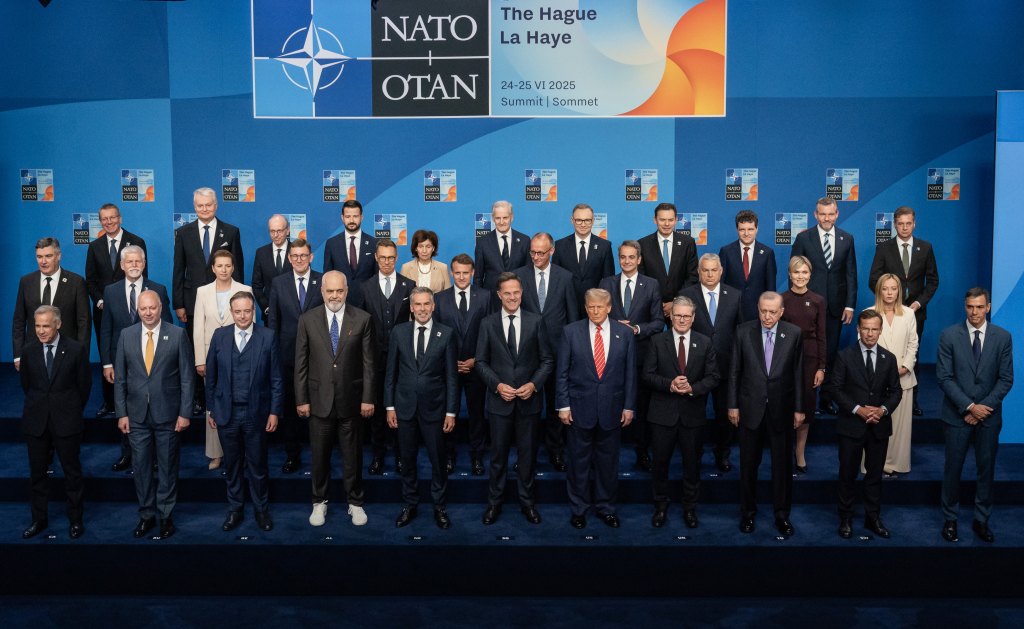
7. Economic Resilience as Defense
Hybrid warfare encompasses even economic coercion. Baltic economies have endured high risk premiums, diminished foreign investment, and double the EU average rate of inflation due to perceptions of closeness to Russian threats. Commentators suggest a NATO-supported guarantee facility on the pattern of the European Stability Mechanism to insure key investments against attacks either hybrid or kinetic. This could be capitalized with 1% of defense spends from frontline states and give markets a “bazooka” signal that Baltic security is unthinkable to compromise.
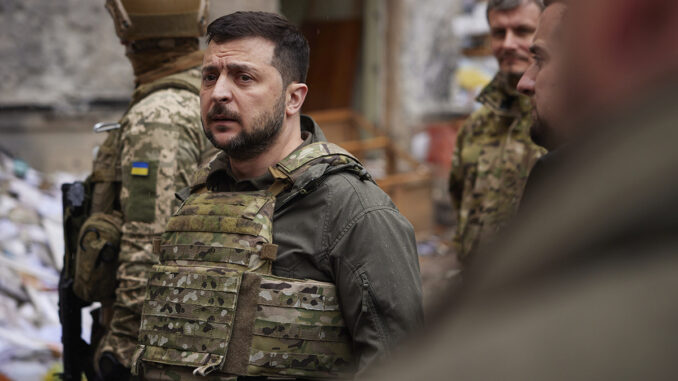
8. Financing Ukraine as Deterrent
Brekelmans has proposed a daring deterrence: in response to each Russian drone intrusion into NATO skies, grant €100 million in Ukrainian military aid. He also advocates using €185 billion in frozen Russian assets to secure long-term, zero-interest Kyiv loans with eventual reparations on the table. “We have to up the pressure on Russia,” he explained, calling for united sanctions on firms facilitating sanction evasion. European defense planners now face a compressed timeline.
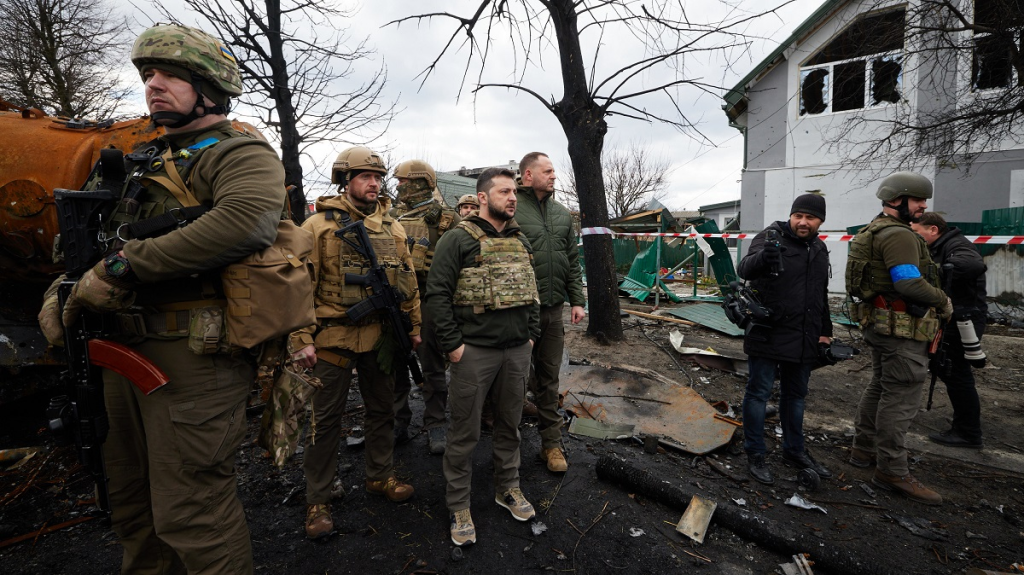
The combination of Russian hybrid operations, rapid rearmament, and intensified probing of NATO’s eastern flank suggests that deterrence measures from drone walls to economic backstops must be accelerated. As Jaeger warned, the “icy peace” could give way to “heated confrontation” at any moment.


